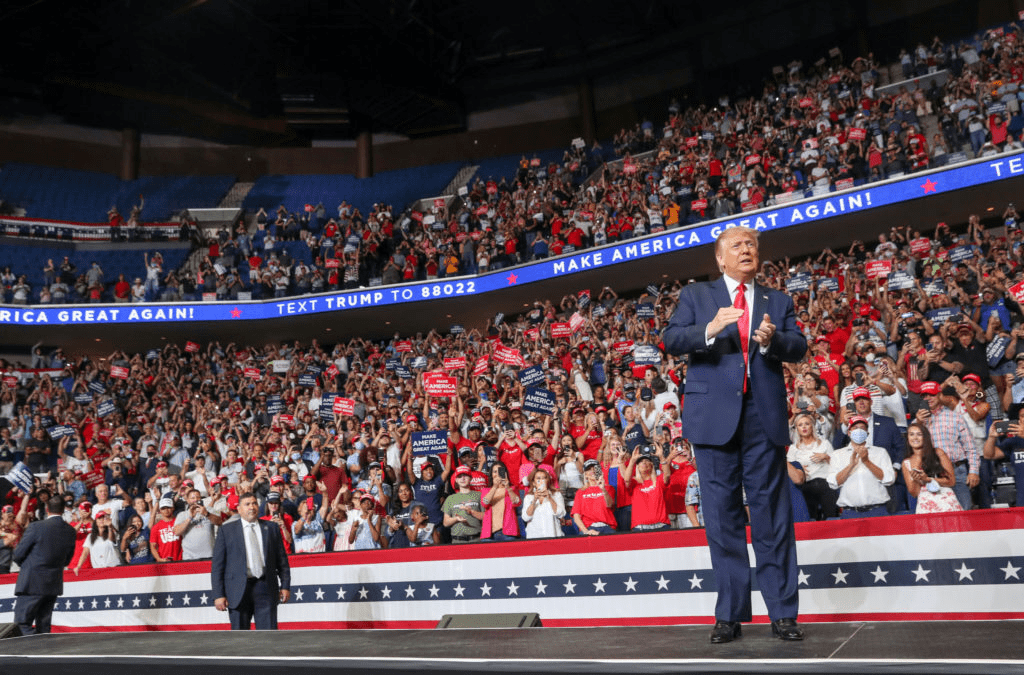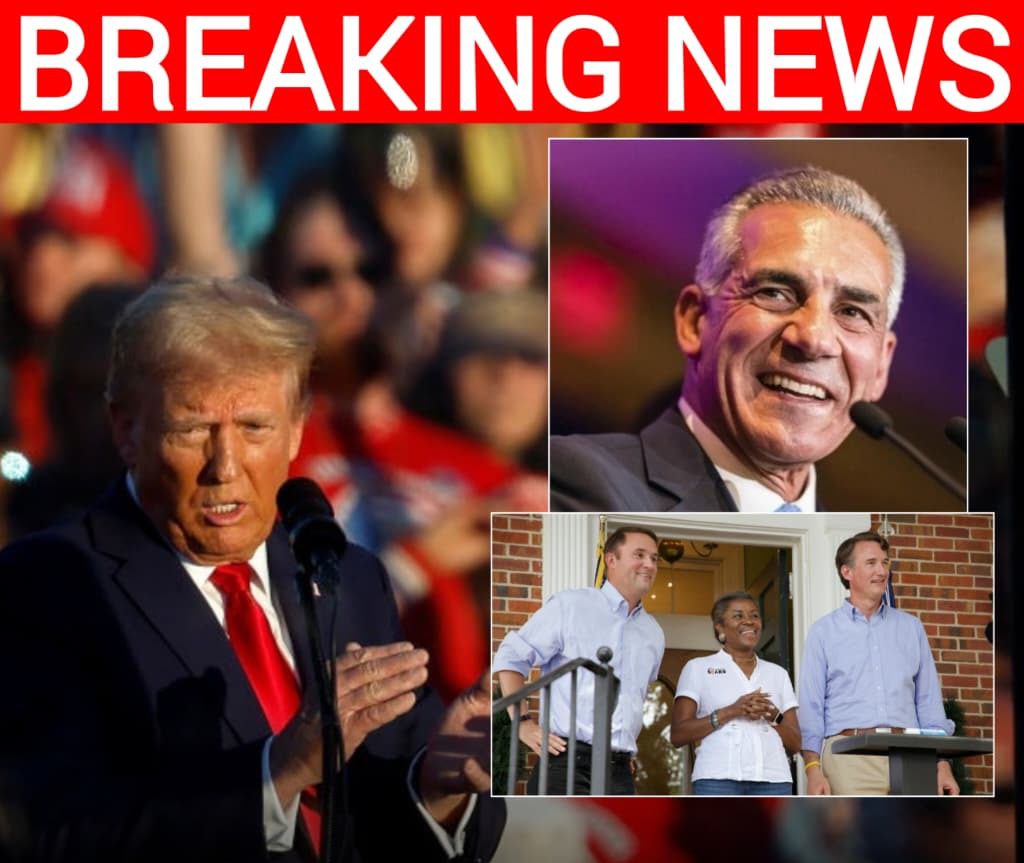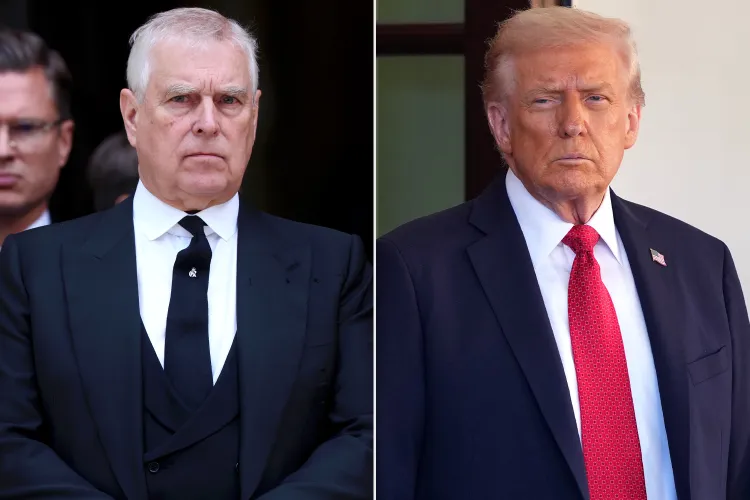President Trump jumps into the home stretch with tele-rallies in New Jersey and Virginia as GOP races hang in the balance
With just days to go before the November 4 elections, Donald Trump is stepping into the final stretch in a big way — and the stakes couldn’t be higher. From the White House, the former president will headline tele-rallies targeting two marquee contests: the gubernatorial race in New Jersey and the attorney-general seat in Virginia. Inside GOP circles this is seen as a crash test for Trump’s influence in off-year elections, and for the party it’s a chance to flip blue states and build momentum ahead of 2026.

In New Jersey, Trump is backing Jack Ciattarelli, the Republican who faces Democrat Mikie Sherrill, a four-term congresswoman and former Navy pilot. Polls show the race tightening — Sherrill still leads, but Ciattarelli has narrowed the gap significantly by hammering energy costs, property taxes, and aligning himself with Trump’s economic message. Trump, in a recent tele-rally from the White House, told voters that “Jack knows energy better than anybody outside the business” and promised lower bills under his leadership. The endorsement is well-placed: New Jersey hasn’t elected a Republican governor since 2017 and a win here would be a major symbolic victory for the GOP.
Meanwhile in Virginia, the spotlight is on incumbent Attorney General Jason Miyares, who is locked in a tight battle with Democrat Jay Jones. RealClearPolitics aggregates show Miyares leading by slim margins, and the race has become a referendum on crime, education and whether conservative messages can break through in a state that’s trended purple. Trump’s appearance via tele-rally once again signals the importance of sub-urban and rural turnout, areas where the former president performed strongly in 2024. The campaign is pulling out every tool — digital micro-targeting, early-vote mail campaigns, and yes, the tele-rallies.

According to Axios, the Trump operation is pouring millions into both states, marking each with a million-plus dollar voter-turnout effort targeting GOP-leaning voters and independents who often skip off-year elections. The goal is not just to win these races, but to build a model for turnout ahead of 2026. The analytics team is rolling out what they call a “72-hour program” that reaches voters with deep turnout history, and Trump’s role is to energize the base and send a signal: get out and vote.
For the New Jersey race, Trump’s direct involvement carries risk as well as upside. While Ciattarelli publicly embraces Trump’s endorsement, they both walk a tightrope: New Jersey is traditionally a blue state, and Trump’s favorability numbers there are under water. Some Republican insiders worry that too much Trump could actually hurt Ciattarelli’s appeal with moderates and suburban voters. Yet the narrowing polls suggest the gamble may be paying off: Ciattarelli has tightened the race from double-digits to a single-digit lead held by Sherrill.
In Virginia, the dynamics are slightly different. Miyares is already the incumbent, and the question is whether Trump’s energy can tip the balance. The former president’s strategy focuses on suburbs like Richmond and Virginia Beach — spots where his 2024 numbers were strong — as well as rural Southwest counties that remain reliably conservative. The idea is simple: if Trump can boost GOP turnout in those areas, the statewide ticket stands a much better chance.

The timing is crucial. With early in-person voting already underway and mail-in ballots arriving, the tele-rallies come just as campaigns are making their final push. Trump’s decision to host them from the White House and via remote format shows how his team is leveraging technology and optics to reach voters without the full logistics of live rallies. It also reflects a strategic caution: maximize reach, minimize exposure to risk.
For Trump supporters, these races offer validation. A win in New Jersey would be a dramatic flip in a state long dominated by Democrats. A successful defense in Virginia would reinforce that conservatism can win in places once considered trending blue. Critics, on the other hand, view the tele-rallies as a sign of Trump’s diminished in-person mobilization but still potent media presence — a measure of how his brand remains central in Republican politics without always appearing on stage.

What happens Tuesday night will be instructive. The results will speak not only to Ciattarelli and Miyares — they will speak to Trump’s ongoing relevance, the GOP’s strategy in off-year races, and the mood of the conservative base as 2026 looms. In many ways, the tele-rallies are a test run for the next big wave.
For voters in New Jersey and Virginia, the message coming from Trump is clear: he’s staking his brand, his messaging and his mobilization machinery on these races. Whether that translates into wins remains to be seen. But one thing is undeniable: in these final days, all eyes will be watching how a former president turns remote speeches into real-world outcomes.
The tele-rallies may be virtual, but the stakes are very real.



